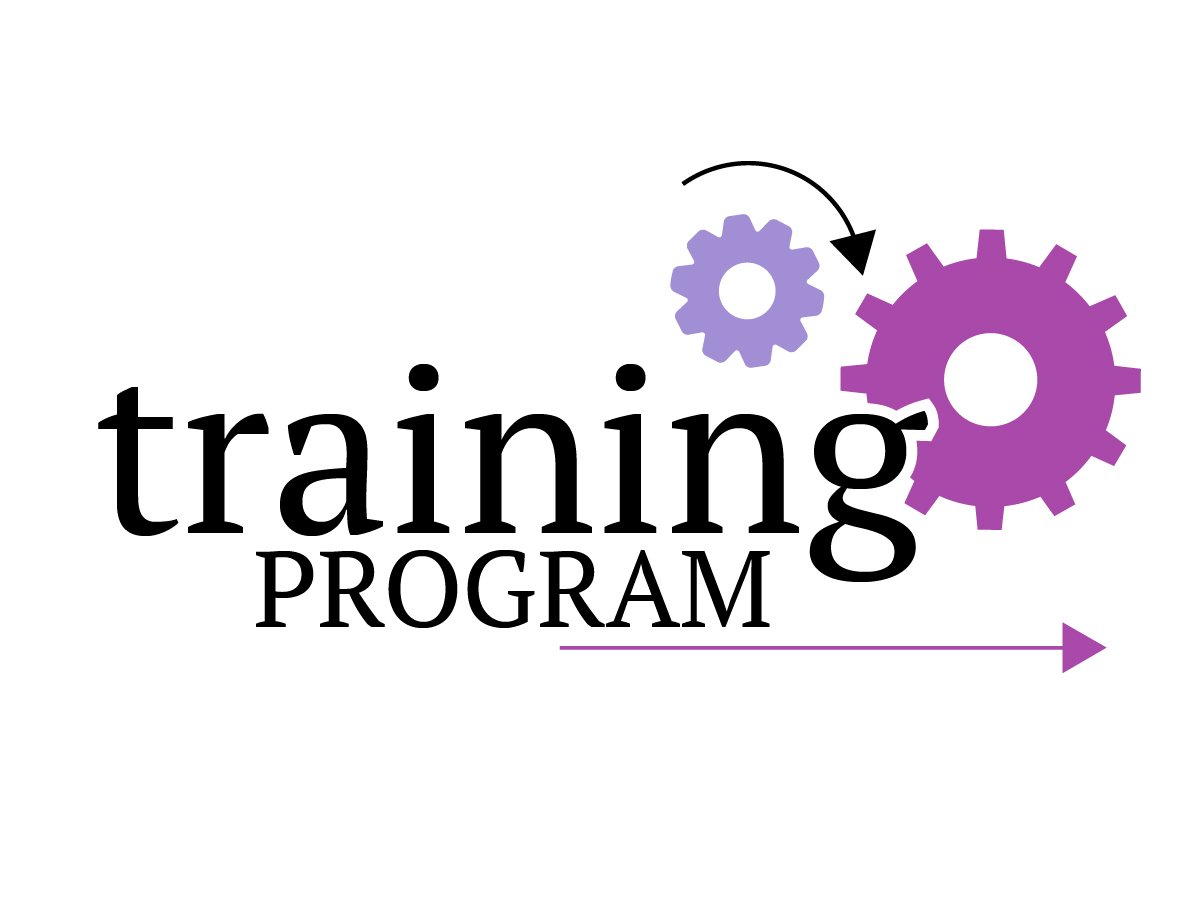Training plan: the training dashboard for your teams
Published on February 14, 2025
Training plan: the training dashboard for your teams


With the Training Plan template, you can keep everything relates to training support for your teams in one place. Analyze everyone’s needs, create training initiatives, implement them effectively and monitor training. It's all much easier, with this ready-to-use template on Klaxoon's digital whiteboard.
At a time when remote working is so prevalent, developing a training plan that takes into account everyone’s needs and serves a useful function for the duration of the training can be complex. With this template, which remains accessible at any time for your team, even outside your sessions together, everyone can contribute and the rest of the group is notified instantly. It’s the ideal workspace for collaboration, and especially when it comes to the one thing that involves everyone in a company: training!
Did you know? The so-called “training plan” is in fact now more referred to as the skills development plan. And this new name is by no means insignificant.
In a group – whatever its size – helping employees to develop their potential is crucial to grow your business effectively. And in a professional context, everyone grows not only through daily on-the-job learning, but also through training that helps to enhance everyone’s skills. Training is theoretically made available for teams by their management. While training plans are mandatory for most companies, they are regulated by the Labor Code. Most importantly, they are indispensable, as proven time and again by large groups that have placed employee training at the core of their growth strategy.
Once you understand how important training plans are, it’s time to implement one. This is where the Human Resources department comes into play: using the information they have accumulated over the past year, they can put together a comprehensive skills development plan, which, most importantly, is based on employee needs. All that remains is to put in place the necessary training initiatives.
There are two main types of corporate training:
While it is mandatory for companies to provide training for its teams, management can select specific employees and offer them training in line with the company’s strategic growth objectives. This is another important aspect to be considered when developing the company’s training plan.
The list of individuals in a group who can benefit from the skills development plan is extensive: employees on fixed-term and temporary contracts obviously, but also apprentices, interns and those receiving support to come back to work.


Offer your team a clear and structured overview of their skills development plan.
Being actively involved in the professional development and growth of all your employees is the best strategy to improve your company's overall performance. Be it training for staff to acquire new hard skills (technical skills, such as how to use software) or soft skills (behavioral skills, such as team communication or management), it's common knowledge: it’s all the skills in your talent pool that will help the whole group flourish.
Another valuable benefit of corporate training is employee motivation and satisfaction. Vocational training is vital for well-being at work. It makes people feel valued and respected.
Implementing a training plan is not just the ideal starting point for launching new training initiatives in a group, but (perhaps more importantly!) it's also about creating the perfect visual workspace for discussing and revisiting the points discussed at the training plan development meetings.
Centralizing everything in one place, such as your observations, issues and possible training solutions, means that you can have a clear and accessible overview of the state of human resources in your company. The Training Plan template enables you to do all that.
Before the remote or face-to-face meeting, during which you would use the Training Plan template, familiarize yourself with the steps for creating a training plan and be as well prepared as possible for your meeting with other employees about this important project.
To ensure that the staff training plan is a document that benefits the company’s overall strategy and employees who want to improve their skills, it is important that this document is an accurate picture of the company on the day the meeting takes place. What you need here is a corporate snapshot!
This may mean that several corporate documents need to be consulted, so remember to add them to your whiteboard: business agreements, the company's strategic plan, Employment and Skills Plan documents, CSR commitments. Make sure everyone can access them easily and quickly. They will be useful in defining the nature and scope of the training plan.
The first part of the meeting is also an opportunity to take stock of the training courses that employees have taken in the past year within the organization.
Somewhere between an overview of each employee's annual review and the company's strategic priorities, an accurate diagnosis can be made of the skills gap in the organization and which skills should be developed in the teams. Often, the organization’s strategic priorities can be embodied in developing the skills of its employees. This is why the group’s strategic objectives need to be clear, so that they can serve as a basis for discussion in the creation of the training plan.
Finally, step into the core of the training plan: identifying the organization's training needs.
First, you must work together to identify the time frame for these needs: are they required in the short term (1/2 months)? Medium term (6 months)? Or long term (1 year/2 years)? If you get a head start in preparing your employees for the future strategic challenges of the sector in which you operate, so much the better.
Here, also consider the scale of skills development: do you want to focus on one person whose professional development will soon become indispensable? Or is it a company-wide need, for example, to keep pace with fast-evolving technologies in the sector?
All these questions need to be asked, so you can respond to them together at the meeting where the skills development plan is created.
Now, it's time to specify the framework for each training course that will then be offered to employees. This is where the training plan dashboard comes into its own. Budget to be allocated, topics to be addressed, employees to be trained, duration of each course… All this is written down, with a high level of details, in the "Training Program" section of the template. You can also fill in information about the provider of each training module.
With this hybrid training plan template which has all the benefits of visual management, accessible during a meeting but also asynchronously, outside team meetings, any employee can ask a question about the plan whenever they want, and see their colleagues respond quickly and easily, using the Questions tool included in this Board.
That’s it, the skills development plan is finalized, and everyone is ready to put it into action in the company. But there is one crucial step missing: presenting the training plan to the Works Council. This stage mainly concerns organizations with more than 50 employees, and confirms that the plan created together reflects the company's strategic direction. It is only with the approval of the Works Council that we will finally be able to present our freshly created training plan to the rest of the organization.
Think about communicating with employees too, about how the proposed training can be seen as one of the main success factors in everyone's skills development plan.
It will also be important to monitor the training plan. With this template, you have access to a space dedicated to checking that the training plan runs smoothly. The timeline with all the predefined deadlines and the continuous assessment section make it a clear and instantly understandable visual project management tool.
Finally, to measure the success of your training plan, it's time to assess your findings for continuous improvement. Good practices and red flags, shared experiences, all feedback is worth considering to help improve the next employee training plan.
Collaborating in one virtual workspace, which will soon become your organization's training monitoring dashboard: this is the ultimate benefit of the Training Plan template. Don’t wait and try it now!
Get inspired by other templates from the same categories
Unlock your teamwork potential